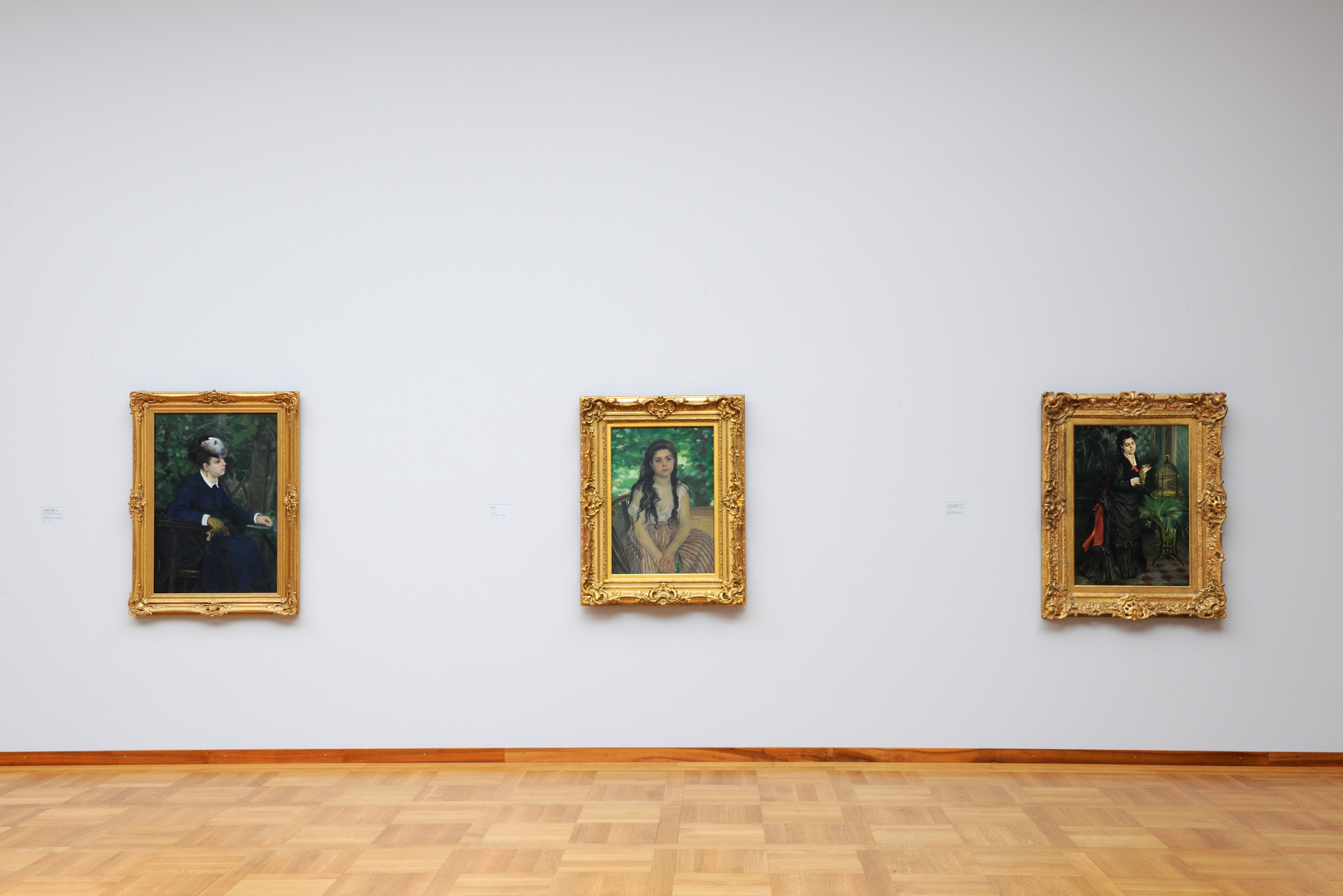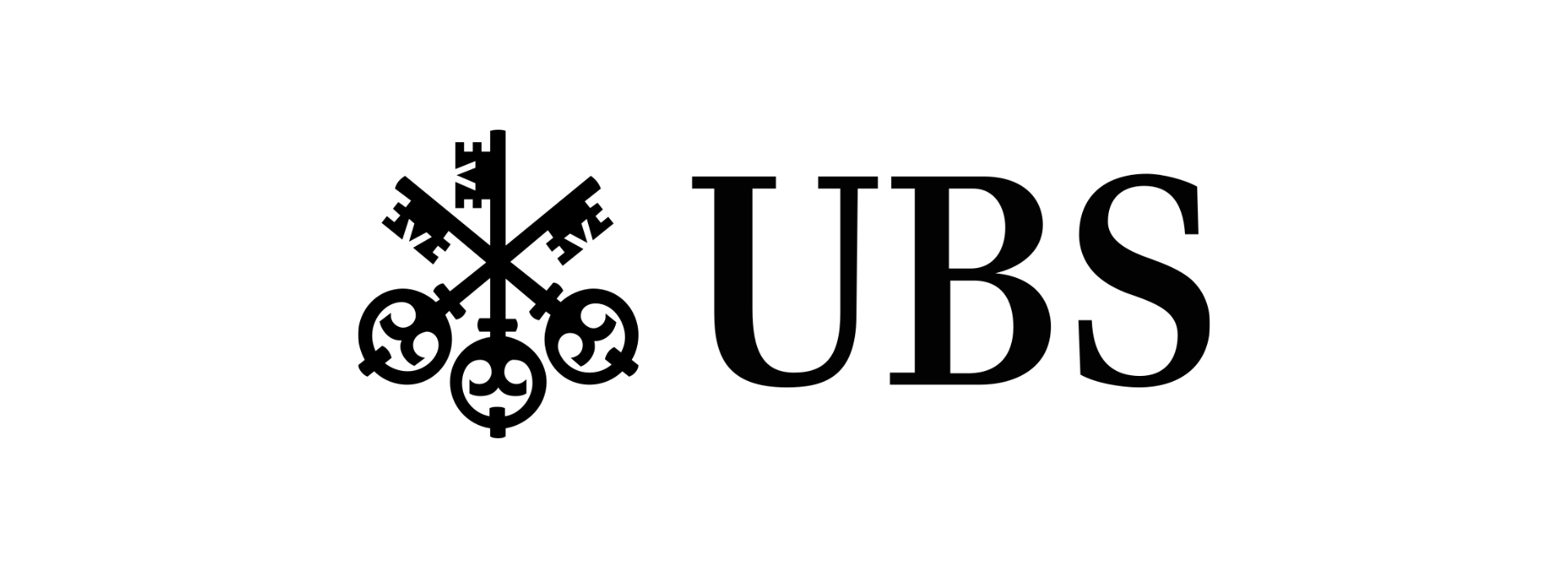Renoir
Between Bohemia and Bourgeoisie
Pierre-Auguste Renoir (1841-1919) was a member of the group of French painters who laid the foundations of Impressionism. With a bright palette, loose brushstrokes, and motifs from modern urban life and leisure in natural settings, Renoir and his fellow Impressionists wrote art history. As a result, the Impressionist period has largely dominated perceptions of Renoir's oeuvre. In a grand survey exhibition, the Kunstmuseum Basel now focuses for the first time on the artist's surprisingly multifaceted early work from the period leading up to his first important Impressionist paintings of the 1870s.
Renoir's early work reflects the tensions between conflicting conceptions of painting. His own point of departure was decorative porcelain painting. Subsequent influences include the realism of Gustave Courbet, the Barbizon school's plein air paintings, and the experience of all the paintings he studied as a frequent visitor to the Louvre.
Renoir's most important model during these early years was his lover, Lise Tréhot, with whom he had a relationship that lasted from 1865 to 1872. Lise posed for a series of major early works. This group constitutes a highlight of the exhibition, illustrating the range of Renoir's creativity during this first decade. All genres are included in the selection, with a preponderance of portraits and landscapes over the still lifes. Portraits of his friends and fellow artists such as Claude Monet and Frédéric Bazille form another distinct group.

